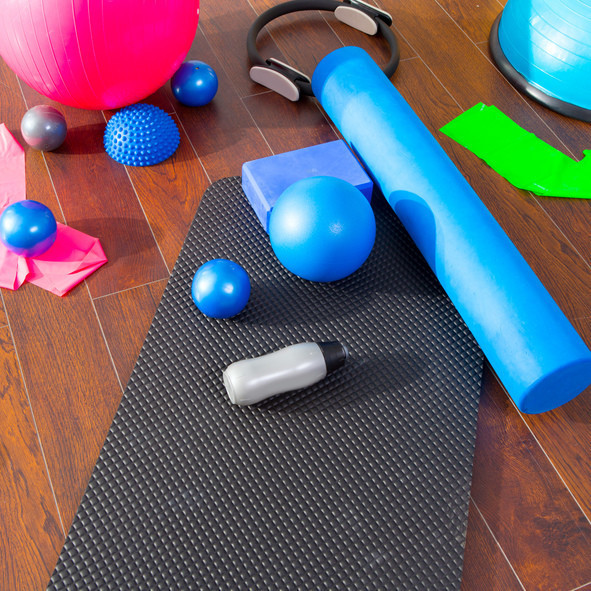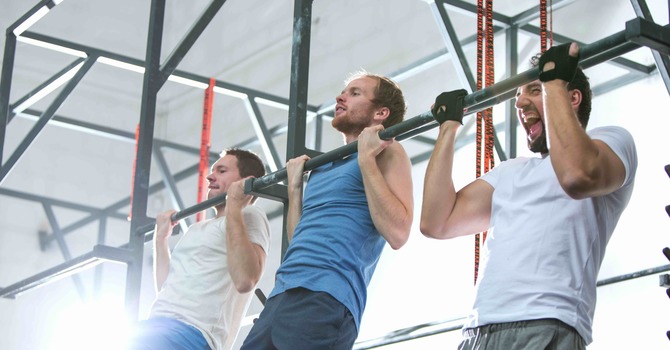
In recent years, foam rolling has increasingly grown in popularity in the world of self-mobilization. Seemingly, everyone is doing it, looking for that edge to get through tough training periods or manage daily pain syndromes. For those who aren’t familiar, a foam roller is a cylindrical piece of foam used to contact an athlete’s body to “roll away” tightness, aches and pains related to working out. For those who are familiar (especially with how it feels), it can be truly a love-hate relationship.
With the growing popularity of foam rollers and other self-mobilizations to treat various ailments, there are some valuable insights our Cincinnati chiropractors believe everyone should know about rolling out. Knowing the benefits and limitations of self-treatment tools can be the difference between cleaning up minor aches and pains without a trip to the doctor, or knowing when something is really wrong and professional help is needed.
How does foam rolling work?
No one knows exactly how foam rolling reduces tightness and pain, but it is becoming increasing clear that muscles and tendons are not actually changing or “loosening” by rolling on them. The prevailing belief is that activities like foam rolling produce neurophysiologic adaptations to pressure on the skin and muscles, which reduces the perception of tightness and pain. This is a fancy way of saying that foam rolling stimulates nerve receptors responsible for how we move and what we feel. When activated, they communicate with the brain and spinal cord to make us feel more mobile and relieve our pain. Activation of these nerves eventually wears off, which explains why problem areas tend to become tight or tender again.
What structures should be targeted by rolling?
Muscles, tendons, and skin should be the target of foam rolling activities. These structures have a lot of the nerve receptors that help inhibit pain and tension when activated.
There are several soft tissues to avoid rolling on. As much as possible, avoid rolling on major nerve tracts, blood vessels, or bursae. Symptoms can become worse by rolling these structures, and they are often closely associated with muscles and tendons. Knowing the anatomy is important! Some areas that have a lot of these sensitive tissues and are vulnerable to rolling or self-mobs include: the back of the thigh, behind and around the knee, and the inside of the arm and elbow.
How long should a tissue be rolled out?
Muscles and tendons should be rolled on for as little amount of time as possible to produce the desired change. But won’t rolling it longer cause a longer lasting change? Probably not. Since rolling, and similar mobilizations, seem to work through a nerve activated pathway, the effects of rolling last only as long as the nerve response is activated. Rolling lighter and shorter than anticipated usually provides the same result as long, deep rolling. Do a self-experiment. See how much lighter and shorter you can roll on a muscle and still achieve the same result as when you “really get in there” to work it out. You will be surprised how little it takes to get the release, and you can avoid all of that heavy rolling on the sensitive vessels and bursae that are comingled in there.
Foam rolling and other self-mobilization tools are great to relieve symptoms and enhance performance when used well. If you want to learn more, please check back for Part 2 of this blog where we break down some rolling techniques and discuss how to make your mobilizations “stick”. Meanwhile, visit one of our Norwood Chiropractic professionals to really kick-off the summer with good movement.





